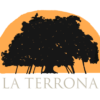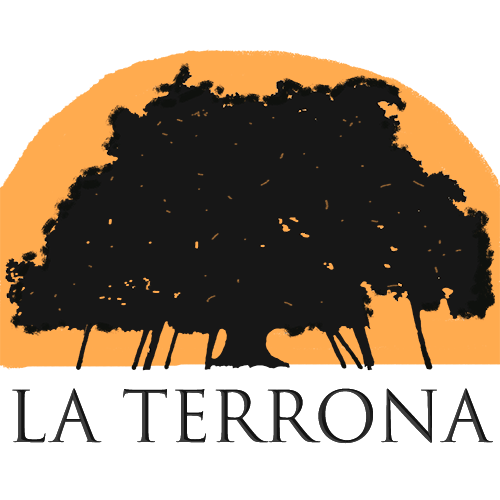Watch
Come to know the places that make up this region, visiting also places of real interest to know their cultural heritage
Sites
Tierra de Montánchez has a morphology in which the steppe predominates, with extensive undulating lands devoid of trees. The mountain, in the extension of the Montes de Toledo, has a granitic soil covered by species characteristic of the mediterranean mount. Finally the pasture; made up of oaks and patches of cork oaks, as well as a great variety of wild plants, some of them highly valued in traditional medicinal botany.
A county with a rich diversity of fauna and flora, which share territory with extensive use of the land and some protection figures.
Garganta de los Molinos
Arroyomolinos
Los Castañares y el Robledo
Montánchez
Sierra de Cancho Blanco
Zarza de Montánchez
Umbría de la Sierra de San Cristóbal
Valdemorales
Sierra del Centinela
Alcuéscar
Sights
The cultural heritage of the region is unquestionable. The richness of the remains of the numerous villages that have lived and traveled through our region adds value to the environment where the traces of the past allow us to understand the present.
The archaeological sites of different settlements are breaking down history from the Iron Age to recent history. From the cave paintings, dolmen, remains of castros and engravings warriors, through the immutable constructions of the Romans that still today are route of passage, to defensive buildings of the different Arab peoples. Recreate history in a natural environment that seems to stop the inexorable evolution of time for a moment.
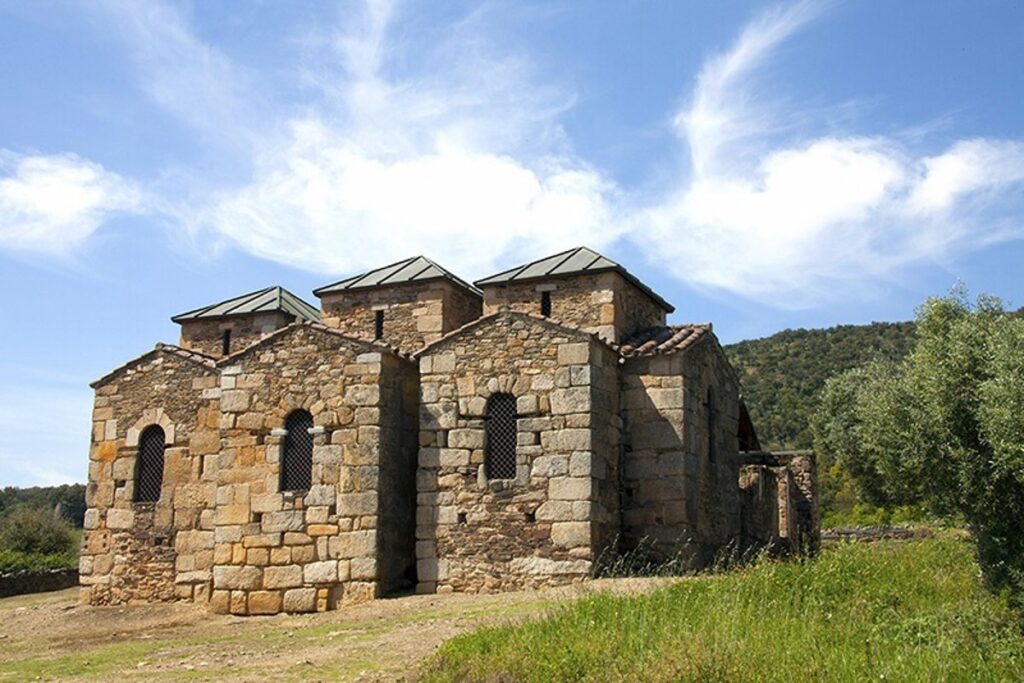
The Visigoth Basilica of Saint Lucia
A few kilometers from Alcuéscar, we find the hermitage of Santa Lucia, exponent in the region of the importance that reached Extremadura in times of the Hispano-Visigoth monarchy.
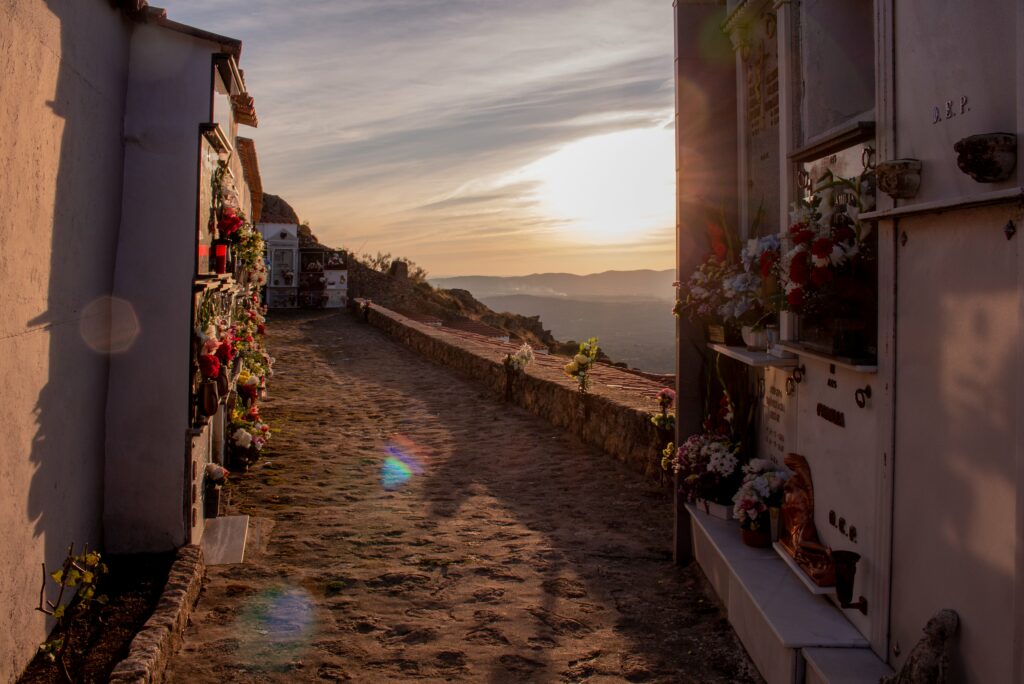
Cemetery of Montánchez
Designated best cemetery in Spain in 2015, by the magazine "Adiós Cultural". The cemetery unfolds on the mountainside of the castle. It is a place where silence allows us to enjoy a moment of peace.
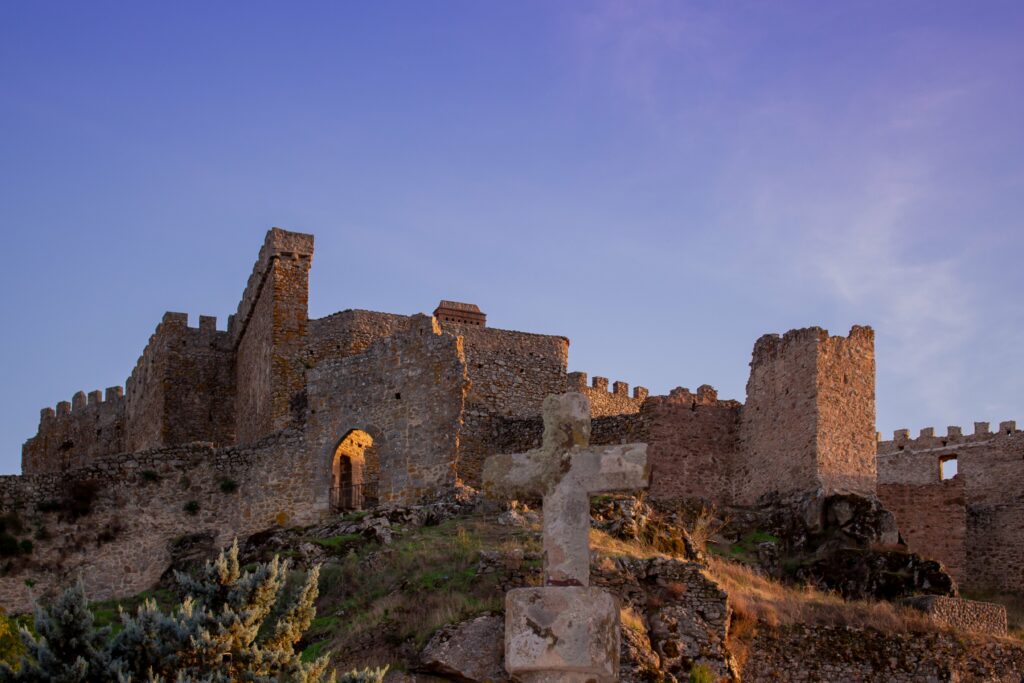
Castle of Montánchez
In it is the sanctuary dedicated to the Virgin of the Consolation of the Castle, patron saint of Montánchez. Located in a strategic location due to the height and topography of its location at about 700 meters above sea level.
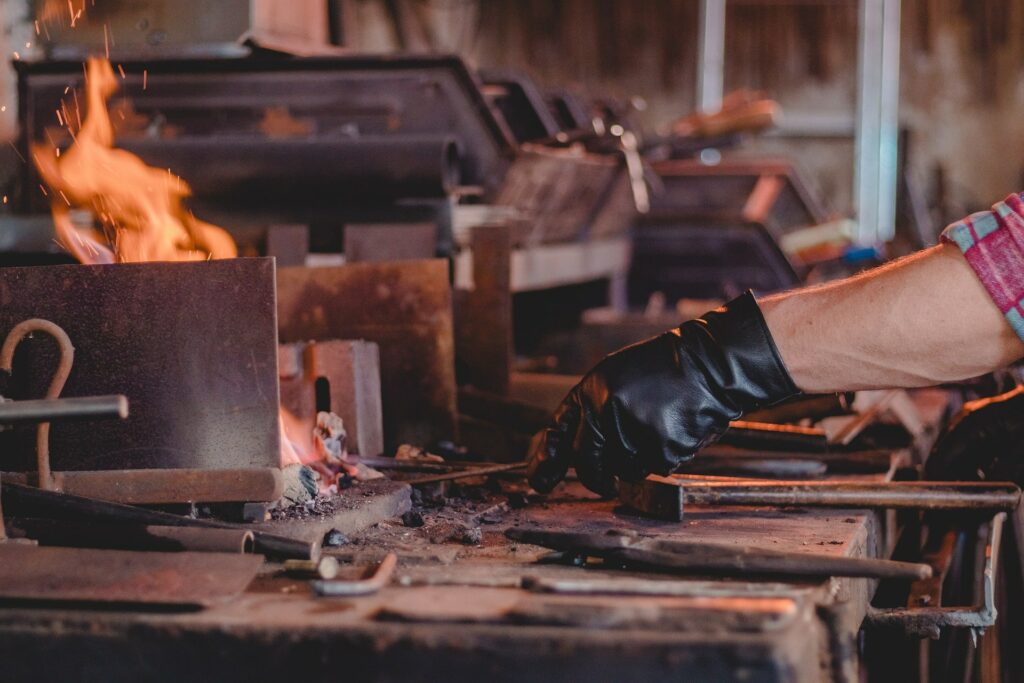
Museum of Arts and Customs of Aldea del Cano
The tour contemplates the recreation of the usual stays of the inhabitants of the village, are represented the typical crafts and everyday objects of the time. A journey through time to discover or recall passages from near bygone times.
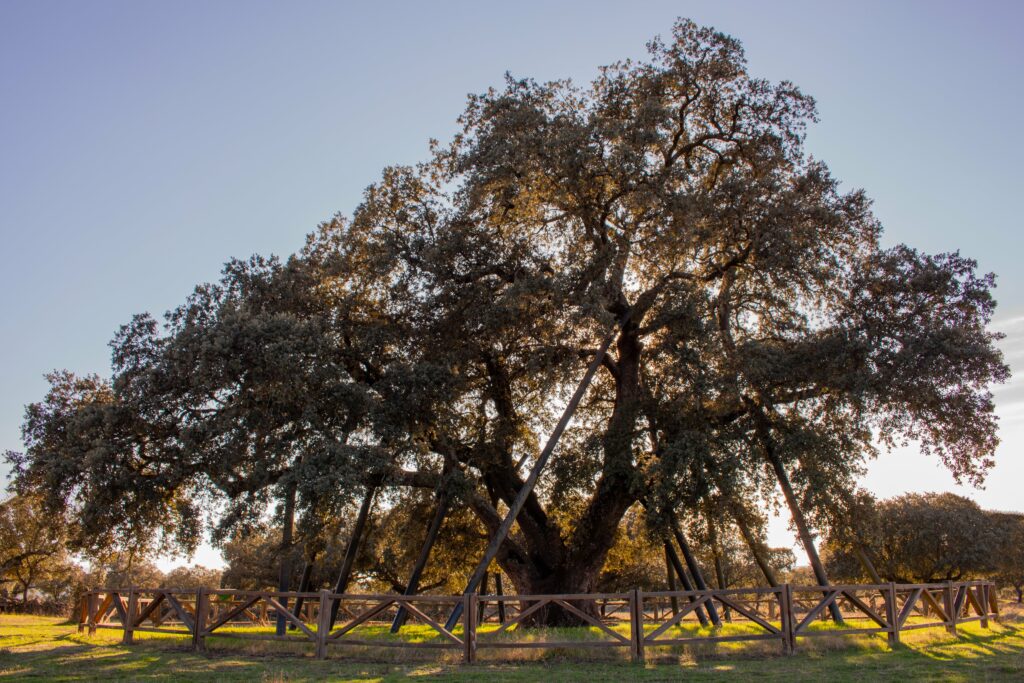
Holm oak La terrona
This specimen is the largest known for its species. Although biologically in good condition, his advanced age has caused structural problems. Its trunk is hollow and in the winter of 1997 suffered splits of branches by a storm. Since then, work has been done to prevent its deterioration.
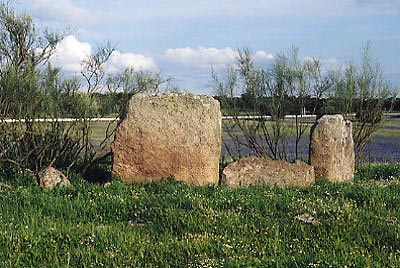
Dolmen of Garabato
Se encuentra en un alto junto a la vía de la plata en la Dehesa de Garabato. It stands on a high side of the “silver road” in the Dehesa de Garabato. Visible, not without some difficulty, from the N-630 between Valdesalor and Aldea del Cano and in front of the imposing castle of Garabato, we find the remains of a dolmen named after the pasture in which it sits: Garabato.
